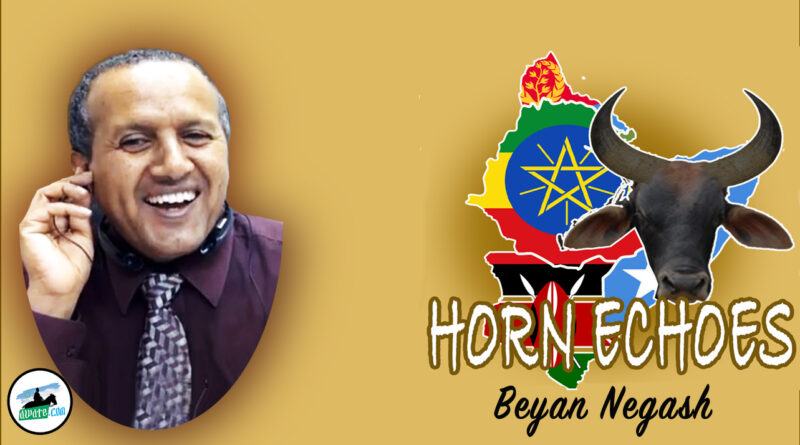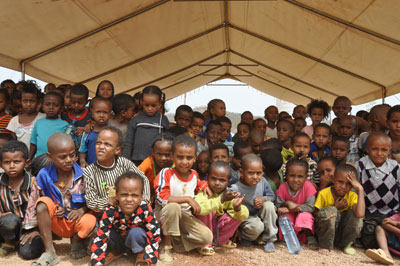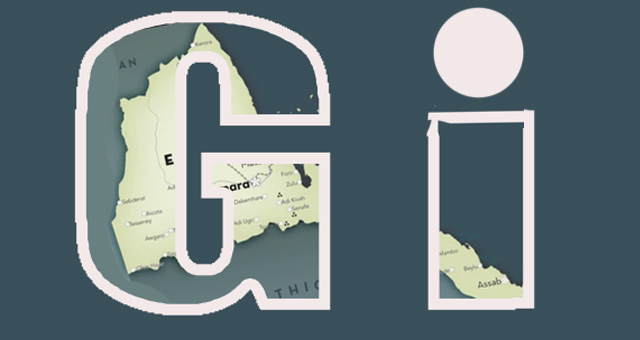Refugees Speak Back: Unsettling Exile and Home

In 2007, the Red Sea Press published Sadia Hassanen’s Repatriation, Integration, or Resettlement? The Dilemmas of Migration among Eritrean Refugees in Eastern Sudan. Based on her doctoral dissertation, the book quickly became one of the most important studies of Eritrean refugees in Kassala and surrounding camps. It asked a simple yet unsettling question: what or where is home? The answers she uncovered were layered with insecurity, longing, and memory, making her work stand apart from policy-driven reports that often spoke about refugees rather than with them.
Much has been written about migration in the Horn of Africa, usually from a distance and often framed in terms of war, famine, and authoritarianism. Hassanen’s scholarship has consistently unsettled these frames. She has written as both an insider and an outsider, combining her own background as an Eritrean migrant with the tools of sociology. That dual positioning enabled her to gain the trust of her respondents while situating their voices in conversation with global policy debates. Nearly two decades later, her work continues to speak back, not as closure but as opening. from state formation to memory formation.
The Question of Home
Hassanen’s early fieldwork in Kassala exposed the fragility of the so-called “durable solutions” promoted by the UNHCR: local integration, resettlement to a third country, or voluntary repatriation. Refugees in her study had already been displaced for decades, and none of these strategies offered the permanence they promised. As she put it, repatriation was not a final step but a social process “marked by many difficulties and challenges.” Insecurity in Eritrea and exclusion in Sudan meant that return was rarely durable, and integration was fraught with discrimination and precarious livelihoods.
Her more enduring contribution lay in her conceptual reframing. “A central question is, what or where is home?” she asked. For refugees in Eastern Sudan, “the notions of home and of exile are continuously negotiated, contested, and transformed in the context of ever-changing socio-economic and political conditions.” Policy demanded closure. Her fieldwork revealed negotiation. Sociological models assumed fixed categories. Her respondents disclosed a fourth dimension: memory.
What does it mean to call Kassala home when your house can be demolished at any time? What does it mean to live in Sudan as a refugee for two decades, neither fully integrated nor able to return? In raising these questions, Hassanen showed that exile is not only a problem for states to manage but also a lived truth carried by individuals and families.
The Swedish Paradox
By the 2010s, Hassanen had extended her focus to immigrant neighborhoods in Sweden. In a 2014 study with Karen Haandrikman, she examined onward migration, in which Somali, Eritrean, and Ethiopian refugees left Sweden for the United Kingdom or Australia. Sweden, long hailed as a model welfare state, offered social protection but limited dignity. Refugees with advanced education found themselves trapped in unemployment, stigmatized in segregated estates, and subject to daily discrimination.
Hassanen and Haandrikman showed that many onward movers were not the most marginalized but rather those with initiative and aspiration. Their departures exposed the paradox of Scandinavian inclusion: generous benefits coupled with exclusion in everyday life. Placed alongside her Kassala work, the study extends her dismantling of orthodoxy. If durable solutions faltered in the camps of Eastern Sudan, the promise of integration faltered in the suburbs of Stockholm. If the first study unsettled the meaning of “home,” the second unsettled the meaning of “arrival.”
Here again her insider–outsider stance proved crucial. As an Eritrean scholar working in Sweden, she was trusted by the communities she studied while maintaining analytical distance. Her research thus bridged the lived experiences of refugees with broader critiques of integration policy.
Carrying the Work Forward
In 2022, Hassanen’s dissertation was republished in Arabic. While it introduced no new empirical material, the translation was significant in its own right. It carried her work back to the very region it described, making it accessible to policymakers, refugees, and communities whose voices it recorded. In this sense, the book performed what it analyzed: migration as displacement, translation, and re-anchoring. The text itself became a migrant, moving from English into Arabic, from the academic seminar into the public square.
That circulation also mattered symbolically. Too often, scholarship about African migrants is published in European languages and remains inaccessible to the very people whose lives it describes. By entering Arabic, Hassanen’s work re-anchored itself in the region’s intellectual and cultural terrain, bridging the gap between academic research and public life.
What Was Learned
In his 2008 review of Hassanen’s book in the Journal of Refugee Studies, Jonathan Bascom concluded that, given the limited sample and reliance on qualitative interviews, “readers may wonder how much new they have learned by reading her study.” The question was telling. Bascom looked for quantifiable novelty; Hassanen’s contribution was conceptual. What was learned was not reducible to maps or tables but resided in the conceptual and human ground she opened. She showed that exile is not solved but narrated, that home is not simply returned to but remembered, and that refugee lives cannot be reduced to policy categories.
If Bascom’s generation sought certainty, Hassanen’s legacy is to teach us how to live with contested truths. She spoke back to the orthodoxy of durable solutions. She unsettled the meaning of home and arrival. She recast migration not only as movement between states but also as memory carried across time and place. In doing so, she made clear that refugees do not only endure displacement. They speak




Awate Forum